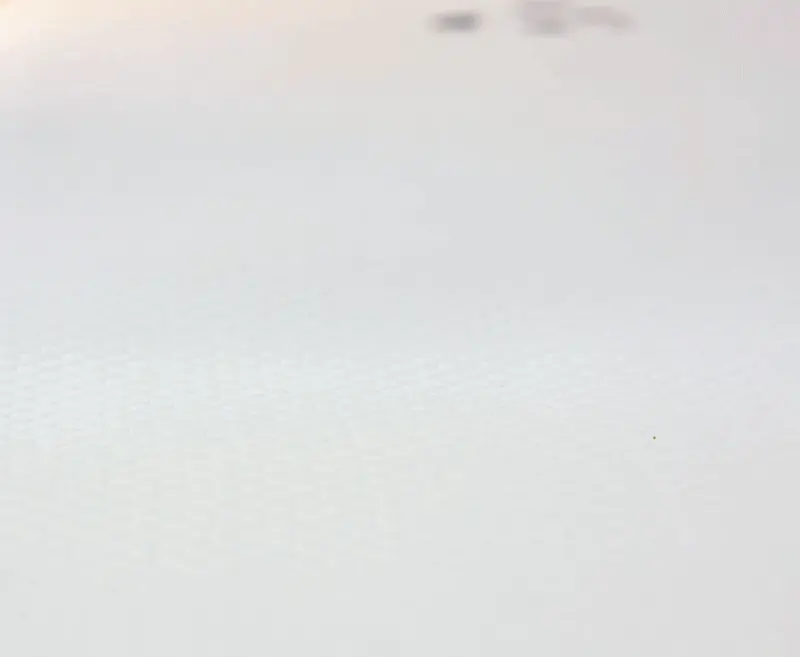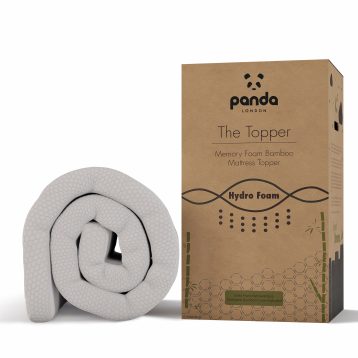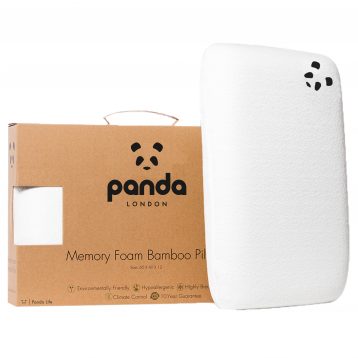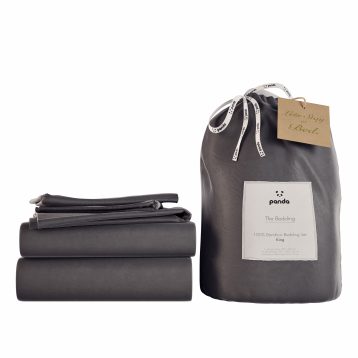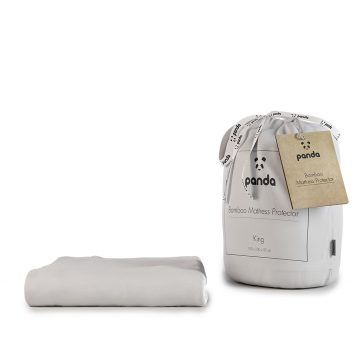Mattress Toppers Through Time: A Fascinating Journey of Comfort Evolution
Last updated on November 16th, 2023 at 12:03 pm
You might not think it, but mattress toppers have long been recognised as a valuable addition to enhance the comfort and support of beds. Throughout history, these innovative creations have evolved, allowing individuals to experience the heights of relaxation and rejuvenation during sleep. Lie back, get comfortable and join us on a captivating journey through the ages to explore the evolution of mattress toppers. From ancient beginnings to the modern era, we will discover how these comfort-enhancing marvels have shaped the way we sleep…
Ancient beginnings
The concept of mattress toppers can actually be traced back to ancient civilisations. For instance, the ancient Egyptians were known to sleep on raised surfaces made of palm leaves or reeds to add an extra layer of comfort. Similarly, ancient Romans used soft materials such as feathers, wool, and straw to create cosy mattress layers. These early prototypes, using natural materials that were easily accessible then, laid the foundation for developing modern mattress toppers. Since the beginning of time, humans have been prioritising comfort – and this shows it. In fact, the oldest bedding was found in a cave and is thought to date back 77,000 years!
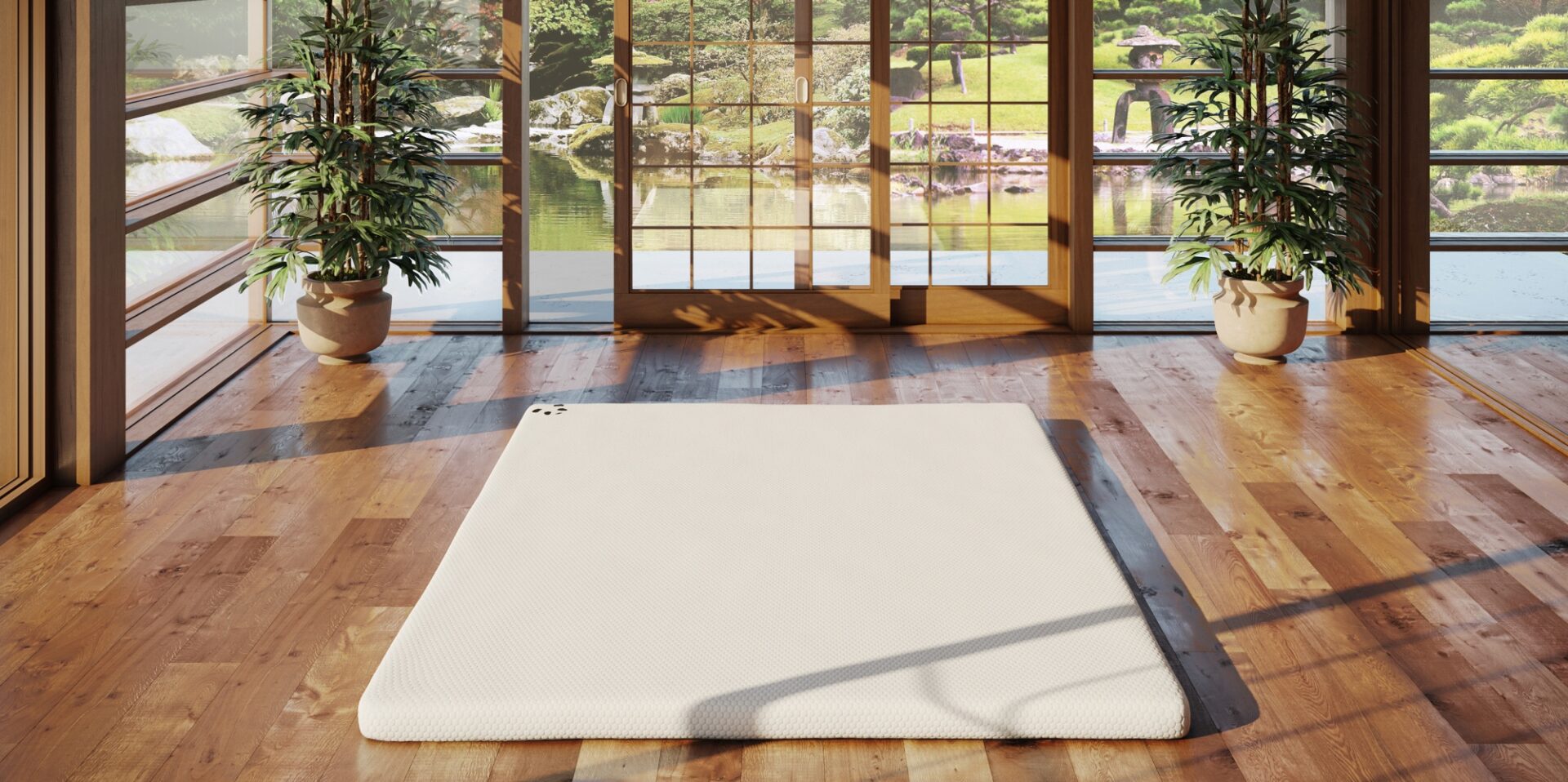
Renaissance to industrial revolution
During the Renaissance period, advancements in textiles and craftsmanship led to the creation of luxurious ‘featherbeds’. A featherbed was (and still is) a layer very similar to a mattress topper, but one that is made with feathers instead of memory foam or other supportive materials. Because of their filling, they’re more for comfort than support.
These plush toppers provided superior insulation and added softness to the otherwise rigid sleeping surfaces of the time. They came about at this time alongside the emergence of luxury bedding, as those of a higher class constantly looked for the next best thing. With the advent of the Industrial Revolution, mattress manufacturing became more efficient, allowing for the mass production of mattress toppers. Down featherbeds and woollen mattress enhancers became widespread, giving people enhanced comfort and warmth.
20th century innovations
In the 20th century, technological advancements and scientific research propelled the evolution of mattress toppers even further. The introduction of latex and foam materials revolutionised the comfort industry – as a result of this, toppers became more supportive, too. Latex toppers, derived from rubber trees, offered a natural and responsive cushioning experience. The invention of memory foam by NASA scientists led to its eventual use in mattress toppers, providing unparalleled pressure relief and body-contouring properties. This is what is most commonly found in the mattress toppers of today, and we have ancient civilisations and 20th-century scientists to thank for it!
The modern era
Now, in the modern era, mattress toppers have become a mainstream component in sleep systems. Advanced manufacturing techniques and material innovations have made them more accessible and affordable for a wider audience. Today, mattress toppers are designed to cater to different sleep preferences, offering options such as cooling gel infusions, eco-friendly materials, and adjustable firmness levels. Because people have prioritised comfort throughout the centuries, we have consistently worked hard to find solutions that offer the perfect layer of sleep support.
Innovations and trends
The mattress topper industry has recently witnessed an influx of innovative trends and technologies. Copper-infused toppers aim to provide antimicrobial properties, while phase-change materials help regulate body temperature throughout the night. For example, incorporating natural and organic materials, like a bamboo mattress topper, has gained popularity, appealing to eco-conscious consumers. Hybrid toppers combining memory foam with other materials offer a balanced sleep experience. As a result of this, the market is full of brilliant mattress toppers suited to every sleeper.
Enhance your sleep set-up
The Bamboo Mattress Topper
Enhance your sleep
The Bamboo Mattress Topper
Future of mattress toppers
As technology advances, the future of mattress toppers looks delightfully promising. We can expect further advancements in cooling technologies, responsive materials, and personalised comfort solutions. Given that the optimum sleep set-up is usually down to personal preference, this personalisable route is a great way forward. Smart features, such as embedded sensors and integrated sleep-tracking capabilities, may become more prevalent, allowing individuals to optimise their sleeping habits for better overall well-being.
A fascinating journey of comfort evolution
It’s clear that the evolution of mattress toppers has significantly transformed how we experience sleep. From ancient civilizations to the modern era, these comfort innovations have continually evolved to meet sleepers’ changing needs and preferences. As we look to the future, things are bound to get even better. If you don’t have a mattress topper yet, it’s definitely something worth investing in to promote a fantastic night’s sleep. To sleep well, you need to be both comfortable and well-supported; a good mattress topper will do both things, helping you drift off and stay snoozing comfortably all night.
FAQ
What is the purpose of a mattress topper throughout history?
Last updated on November 16th, 2023 at 12:03 pm
Historically, mattress toppers served various purposes, from enhancing comfort to addressing specific health concerns. They evolved alongside bedding practices.
How have mattress toppers changed over the centuries?
Last updated on November 16th, 2023 at 12:03 pm
Mattress toppers have evolved in materials and design. From natural fillings like feathers to modern memory foam, advancements reflect changing preferences and technological innovation.
Were mattress toppers always considered a luxury?
Last updated on November 16th, 2023 at 12:03 pm
In many historical periods, mattress toppers were considered a luxury reserved for the affluent. However, as manufacturing processes improved, they became more accessible.
What were some traditional materials used in early mattress toppers?
Last updated on November 16th, 2023 at 12:03 pm
Early mattress toppers often used natural materials like feathers, straw, wool, or even leaves, depending on geographical and cultural contexts.
How do ancient mattress toppers compare to modern ones in terms of comfort?
Last updated on November 16th, 2023 at 12:03 pm
While historical mattress toppers relied on available natural materials, modern versions incorporate advanced technologies like memory foam, providing superior comfort and support.
Explore our range:
Bamboo Mattress Topper
Rated 4.97 out of 5£84.96 – £204.00Memory Foam Bamboo Pillow
Rated 4.96 out of 5£44.95Original price was: £44.95.£38.21Current price is: £38.21.100% Bamboo Bedding
Rated 5 out of 5£16.96 – £153.00Bamboo Mattress Protector
Rated 5.00 out of 5£16.96 – £42.50
